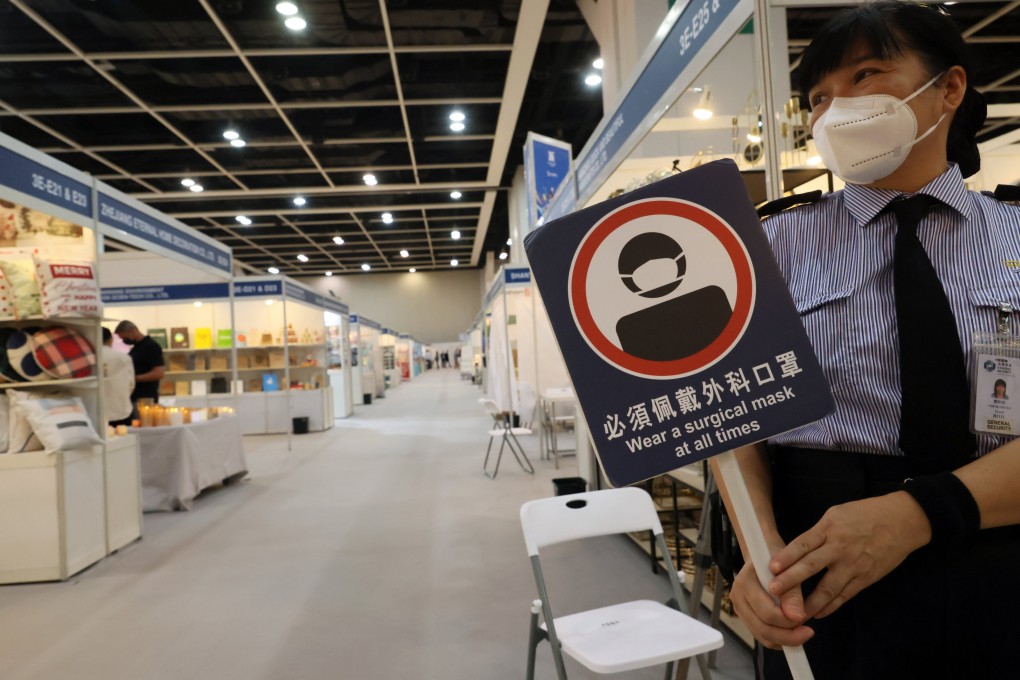Advertisement
The View | As trade fairs flounder, why is Hong Kong easing out of Covid-19 so slowly?
- Recent rugby and bankers’ events enjoyed exemptions and were a success but international trade fairs, and the wider events and tourism industry, continue to suffer
- How does Hong Kong plan to keep its strict measures and still fulfil its economic role in China’s national plan?
Reading Time:3 minutes
Why you can trust SCMP
7

The physical presence of overseas exhibitors and buyers is crucial to the success of international trade fairs, but travellers continue to be turned away by Hong Kong’s anti-epidemic measures, the gradual relaxation of which has been described frustratingly as “squeezing toothpaste”.
As an Asian product sourcing event with a long history of 30 years, Mega Show returned on November 15 at the Hong Kong Convention and Exhibition Centre with only 700 booths this year, a mere eighth of its size before the Covid-19 pandemic.
We urge Chief Executive John Lee Ka-chiu to explain the following matters to the industry and the public. First, when will the Hong Kong government announce a clear road map for Hong Kong’s return to normalcy?
Advertisement
Second, given that anti-epidemic measures were tailor-made for the participants of the two major events this month, can a similar special arrangement be made for those attending large international trade fairs? For example, allowing those assigned an amber code on their vaccine passes to dine in specified restaurants?
Third, with the slow easing of the anti-epidemic measures that are tantamount to trade barriers, how is Hong Kong to succeed as a national economic platform for “bringing in” and “going out”, to fulfil its role in China’s 14th five-year plan?
Advertisement
Last September, Hong Kong’s quarantine measures for inbound travellers were relaxed to 0+3, meaning no hotel quarantine and just three days of medical surveillance. But the rebound in visitors has been lacklustre. On November 12, for example, the 14,624 arrivals were mostly of Hong Kong residents, with only 1,886 from the mainland and 1,635 from other places.
Advertisement
Select Voice
Choose your listening speed
Get through articles 2x faster
1.25x
250 WPM
Slow
Average
Fast
1.25x
